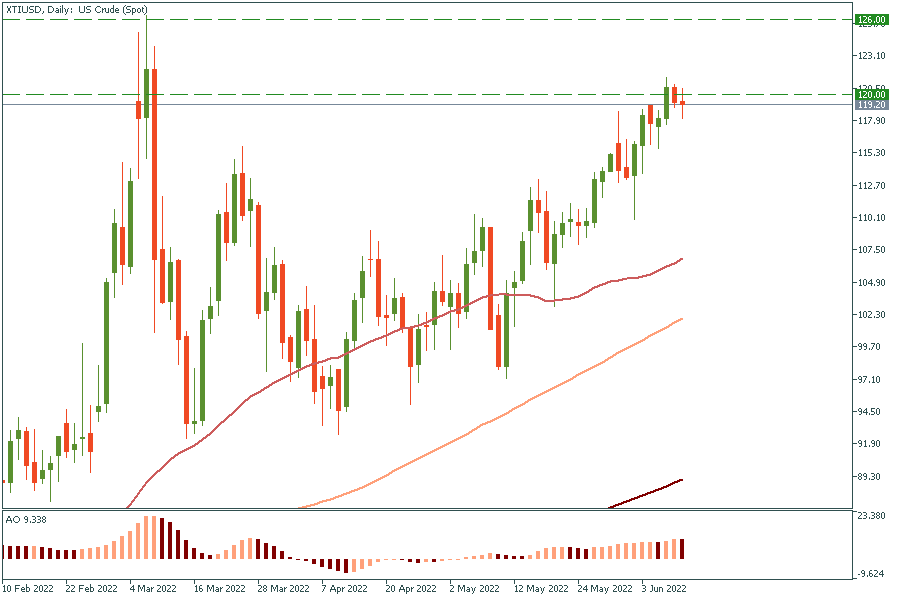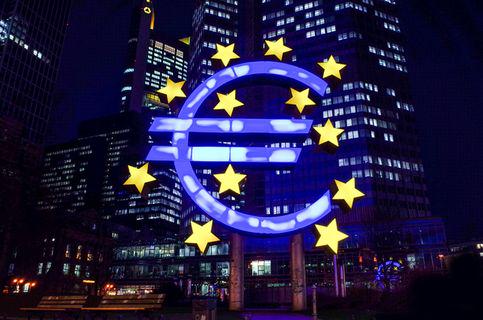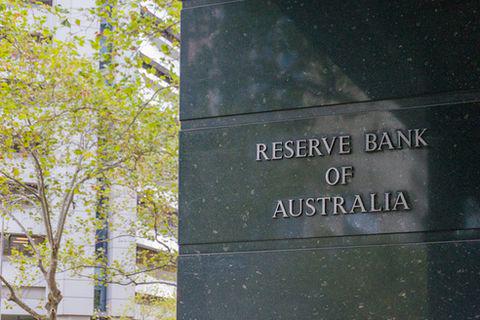
The G20 summit took place in Bali, Indonesia, on November 2022…

Don’t waste your time – keep track of how NFP affects the US dollar!
Data Collection Notice
We maintain a record of your data to run this website. By clicking the button, you agree to our Privacy Policy.

Beginner Forex Book
Your ultimate guide through the world of trading.
Check Your Inbox!
In our email, you will find the Forex 101 book. Just tap the button to get it!
Risk warning: ᏟᖴᎠs are complex instruments and come with a high risk of losing money rapidly due to leverage.
71.43% of retail investor accounts lose money when trading ᏟᖴᎠs with this provider.
You should consider whether you understand how ᏟᖴᎠs work and whether you can afford to take the high risk of losing your money.
Information is not investment advice
After months of pressure from the White House, Saudi Arabia relented and agreed with other OPEC+ members to increase production. The surprise, however, is that prices didn't calm down and remained high.
OPEC+ decided to ramp up production. Members agreed to increase their overall production targets by 650,000 barrels per day in July and August. These increases are an attempt to ease the burning oil prices that threaten the global economic growth and push US gasoline prices to record levels.
1. Once China ends lockdowns and fully reopens its economy, demand for oil will rise, meaning oil prices will rise again.
2. In the US, demand is still strong with the start of the summer driving and travel season, despite record gasoline prices.
3. Demand is increasing while supply and production problems persist. We have Russian barrels leaving the market, OPEC is struggling to produce the required quotas, and the US is unable to increase production.
Small OPEC+ countries, in particular, haven't been able to produce their agreed quotas of supplies in recent months, leaving the group's production nearly 2.6 million barrels per day below the target.
The problem is that when OPEC cut production after demand collapsed due to the pandemic, investment fell, and facilities maintenance was also neglected. That made increasing production more difficult since then. And yes, OPEC+ decided to increase production, but the possibility of those barrels reaching the market is low.
OPEC + may succeed in increasing production only by 355,000 barrels per day in the next two months. That will increase pressure on prices, pushing them higher. According to EIA, this slight increase won't be enough to offset the disappearance of 3 million barrels per day of Russian oil from markets soon.
There are reasons to believe that if oil reaches the level of $140 a barrel, many regions of the world will plunge into recession.
As a result, both Goldman Sachs and Bank of America predict $140 a barrel for oil prices in the coming months. Moreover, the UAE Energy Minister said that oil prices aren't even near their peak, and the Chinese economy's reopening soon will support oil demand.
Oil prices are expected to calm down once production increases and the Chinese economy reopens. In the long term, prices will fall to more reasonable levels.
WTI faced minor corrections but remained above $120 levels, and prices may move in a vertical upside move and ease a bit before resuming the rally. The next target will be to break its highest level since the beginning of 2022, over $126.00 a barrel.


The G20 summit took place in Bali, Indonesia, on November 2022…

The deafening news shocked the whole world yesterday: the British Queen Elizabeth II died peacefully at the age of 96…

The US Federal Reserve may refrain from more aggressive interest rate hikes in March due to geopolitical risks after Russia's special operation in Ukraine…

eurusd-is-falling-what-to-expect-from-the-future-price-movement

Greetings, fellow forex traders! Exciting news for those with an eye on the Australian market - the upcoming interest rate decision could be good news for Aussies looking to refinance or take out new loans. The Mortgage and Finance Association Australia CEO, Anja Pannek, has...

Hold onto your hats, folks! The Japanese yen took a nosedive after the Bank of Japan (BOJ) left its ultra-loose policy settings unchanged, including its closely watched yield curve control (YCC) policy. But wait, there's more! The BOJ also removed its forward guidance, which had previously pledged to keep interest rates at current or lower levels. So, what's the scoop? Market expectations had been subdued going into the meeting, but some were still hoping for tweaks to the forward guidance to prepare for an eventual exit from the bank's massive stimulus
Your request is accepted.
We will call you at the time interval that you chose
Next callback request for this phone number will be available in 00:30:00
If you have an urgent issue please contact us via
Live chat
Internal error. Please try again later